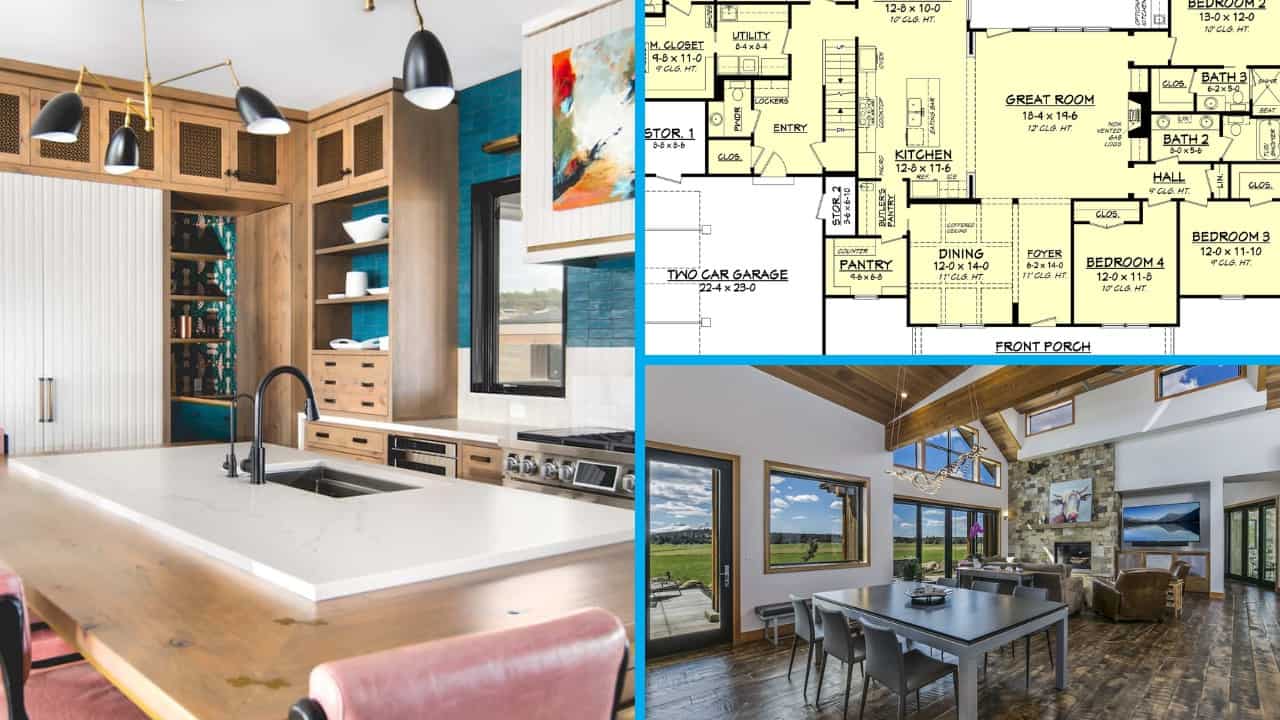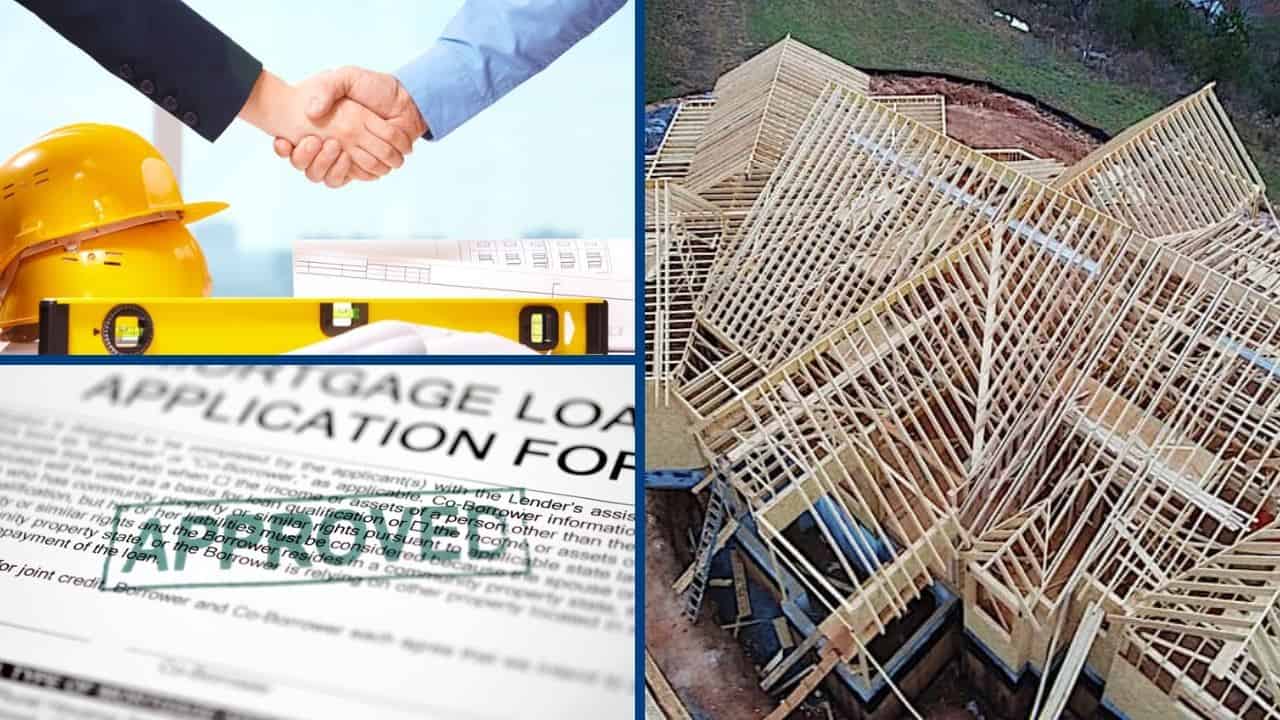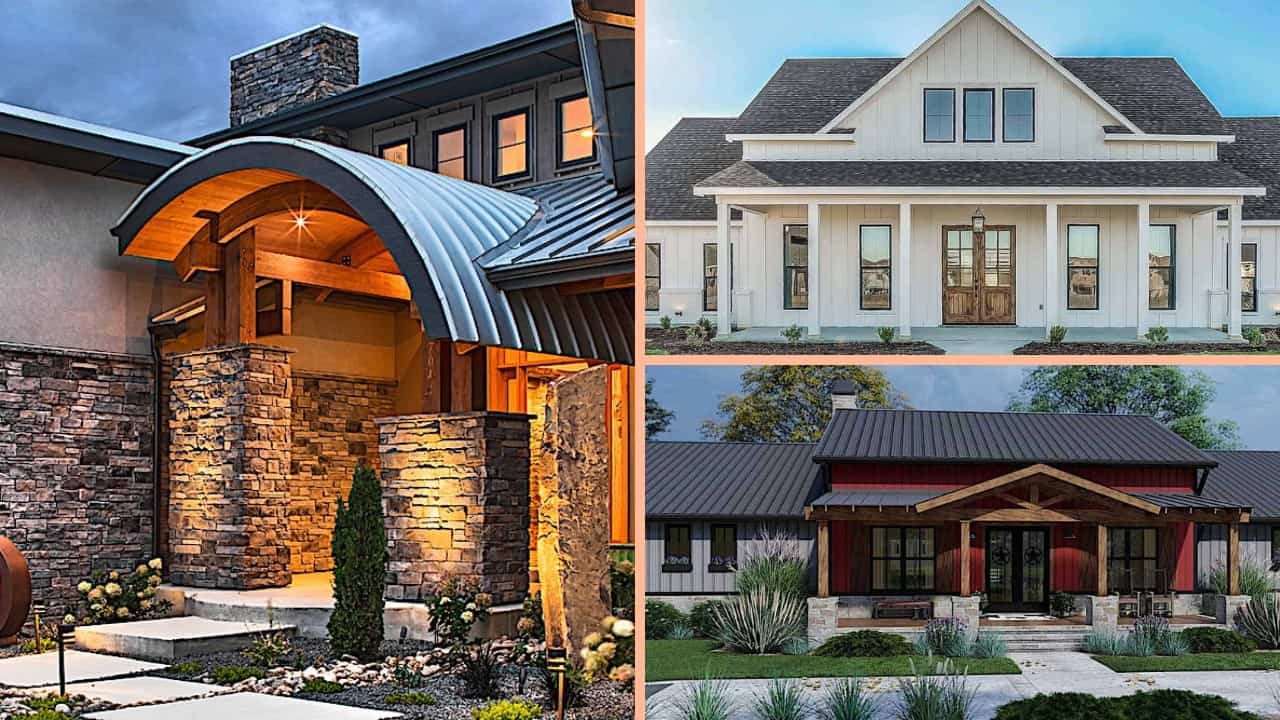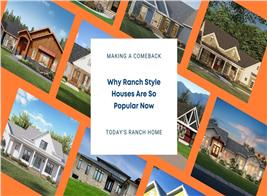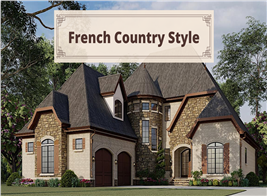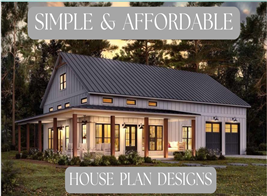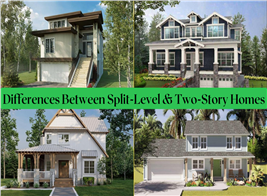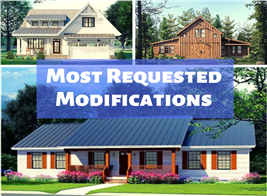What You Need to Know About the Praire Style House
By Rexy Legaspi | Updated December 26, 2022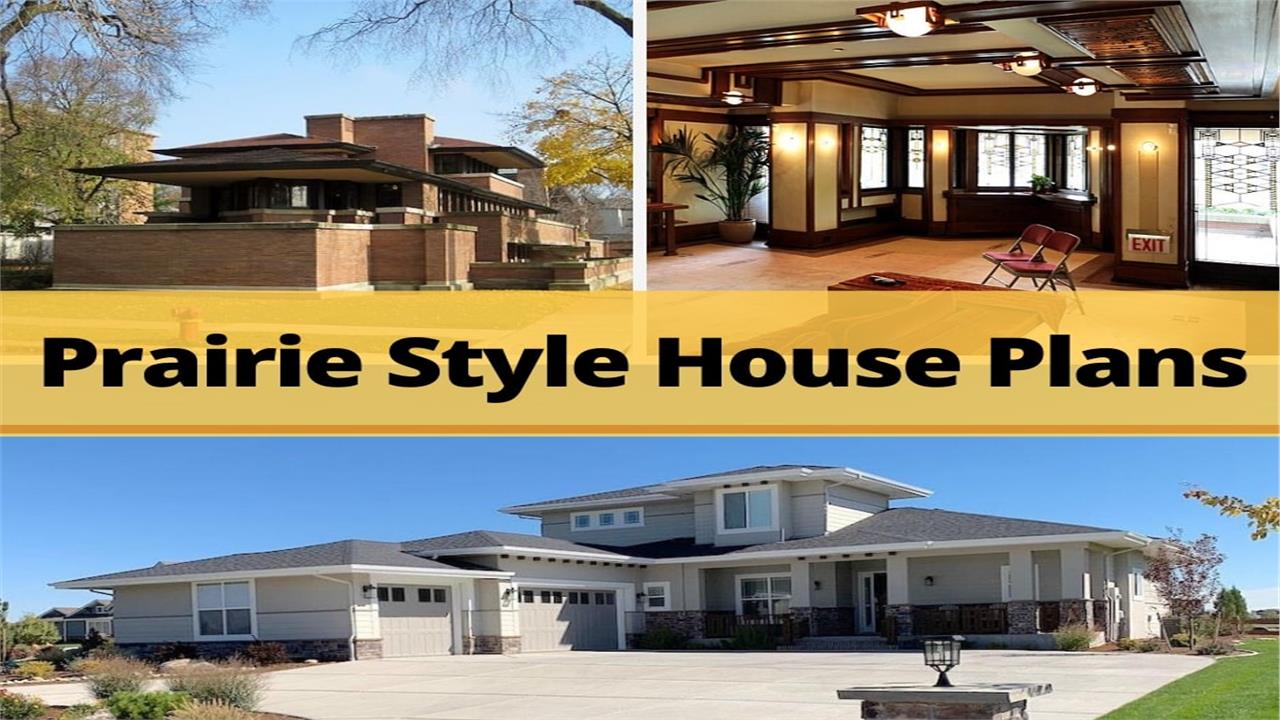
How America Was Inspired by the Chicago Worlds Fair and the "The Chicago Group"
Who would have thought that the 1893 Chicago World’s Fair would lead to the birth of the first original American architectural design - the Prairie home plan?
The World’s Fair was the perfect scenario to unveil new and innovative architecture. But the high expectations of young American architects were dashed when the Greco-Roman classic style continued to dominate. Although disappointed, these architects were inspired to break away from the European forms and express their independent spirit and creativity. Led by Louis Sullivan and Frank Lloyd Wright, they seized the moment and introduced the Prairie style. Sullivan, Wright, Marion Mahony Griffin, Walter Burley Griffin and others referred to as “The Chicago Group” transformed the American home when they designed and built houses with open interior floor plans, low-pitched roofs, and overhanging eaves.
While many other architects built Prairie style homes, this house design is most closely associated with Wright, who grew up in the Midwest and was inspired by the wide, flat expanse of the region. He extolled the beauty of the prairie and wanted to “accentuate this natural beauty, its quiet level” in his buildings. He believed that “a horizontal orientation was a distinctly American design motif in that the younger country had much more open, undeveloped land than found in most older, urbanized European nations.”

Typical House Plan Features of the Prairie Style
The Prairie Style, nonetheless, swept the country and the American imagination with its blend of the functional with the beauty of the natural environment. It was the first home plan to open up interior floor space – tearing down doors and walls that separated kitchen/dining/living room areas – therefore creating a natural flow and one harmonious space. With this interior “open floor plan” the Prairie style distinguished itself from other plans that featured small and walled areas.
Prairie Style homes were made of natural materials, especially wood and stone. The earlier ones used plaster with wood trim or sided with horizontal boards; later houses employed stucco, stone or brick siding. The homes also came in many shapes: “square, L-shaped, T-shaped, Y-shaped, and even pin-wheeled.”
Look for these other features in Prairie-designed house plans:
> One-to-two stories
> Horizontal lines accentuated by a low-pitched or flat roof
> Overhanging eaves
> Low terraces
> Distinctive central fireplace
> Built-in furnishings and cabinetry
> Plenty of long windows to allow natural light
> Easy access to porches and patios
Although the Prairie style house is distinctively Midwestern, it is not exclusive to the region, nor to the United States, for that matter. In fact, Mahony and Griffin even brought the style overseas – to India and Australia, with their collection of homes in New South Wales.

Today, Prairie style homes are being constructed, renovated and restored --- from California to Florida, and every state in between. A classic may stay in the background at times, but it will never fade.
So, have you strolled around your neighborhoods lately? Try it and see if you can “unearth” Prairie Style originals. You may be fortunate and spot a vintage Frank Lloyd Wright or “Chicago Group” creation.
If not, these Prairie house plans can give you something to think about - or search the entire collection of Prairie Style house plans.
A Prairie style house design is not just about the exterior, so what do you like most about its design elements – either from the curb or when inside the home?








